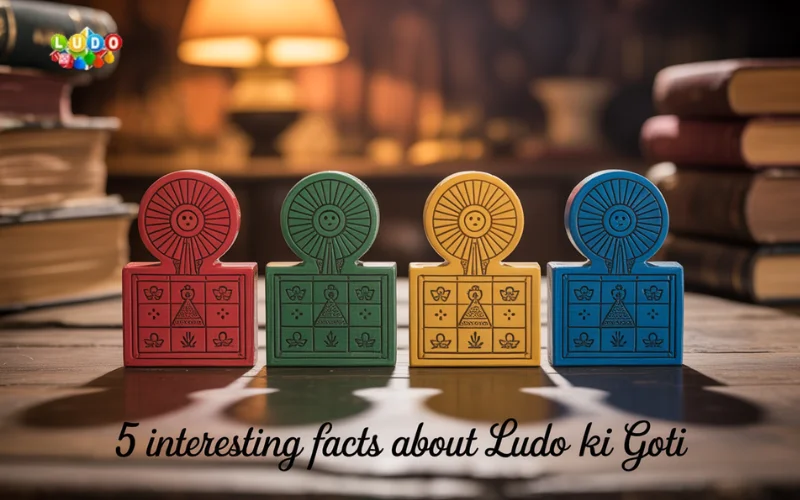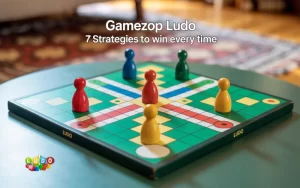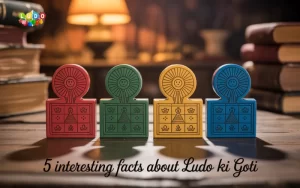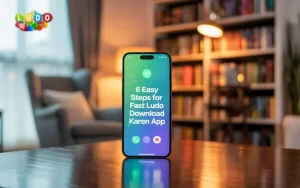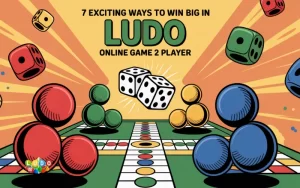Ludo has been a favorite board game for decades, loved by both children and adults across the world. One of the most essential elements of this game is the playing pieces, which in Hindi are often called goti. Many people search to understand the meaning of ludo ki goti in ludo nasa download English because they want to connect the traditional word with its English counterpart. These pieces are not just small tokens; they carry cultural, historical, and playful significance. In this article, we will explore five interesting facts about ludo ki goti in English and discover how these simple tokens add charm to the timeless game of Ludo.
The Meaning of Ludo Ki Goti in English
Before diving into the fascinating facts, it is important to understand what ludo ki goti means in English. In simple terms, the word goti refers to the playing piece or token that each player moves around the board. So, ludo ki goti in English is translated as ludo piece, ludo token, or pawn. These pieces are usually small in size, colorful, and come in four different colors—red, blue, green, and yellow. Each player controls four such tokens and the goal is to move all of them from the starting point to the finishing area. This translation makes it easier for people to connect the Hindi term with the English equivalent, especially when the game is played internationally.
Fact 1 The Origin of Ludo Ki Goti in English
The game of Ludo has its roots in India, where it was originally known as Pachisi. In ancient times, the pieces were not made of plastic or wood but were often crafted from shells, seeds, or carved stones. When the game spread across the world, it evolved into what we now call Ludo. With that, the term goti began to be recognized as token or pawn in English. Understanding ludo ki goti in English gives us a glimpse into how cultural traditions adapt to modern usage while keeping their original charm intact. This history shows how a simple playing piece carries centuries of tradition.
Fact 2 The Design and Colors of Ludo Ki Goti in English
One of the most recognizable features of ludo ki goti in English is its design and color. Typically, each token is shaped like a small pawn with a rounded top, making it easy to move on the board. The four colors—red, green, blue, and yellow—are universally used, making the game consistent everywhere. These colors are not random choices; they provide a sense of clarity and competition among players. Interestingly, in some versions of the game, different materials are used, such as wooden tokens in traditional sets or plastic in modern versions. When you think of ludo ki goti in English, the word token highlights how these small pieces symbolize strategy, movement, and competition.
Fact 3 The Role of Ludo Ki Goti in English Gameplay
Without the goti, there would be no Ludo. The entire game revolves around moving these tokens across the board. Each player starts with four tokens placed in their home area. The dice determine how many steps each token can move. The goal is to take all four gotis from the starting point, around the board, and into the finishing area safely. When explaining ludo ki goti in English, the token becomes the heart of the game. It is the player’s representative on the board, and every roll of the dice determines its fate. Capturing another player’s token adds to the thrill, making the role of the ludo piece central to the fun of the game.
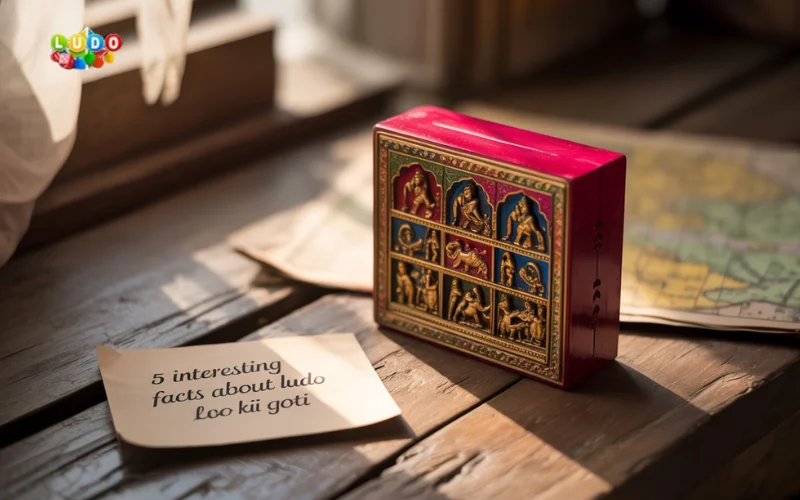
Fact 4 The Symbolism of Ludo Ki Goti in English
Beyond being just a token, ludo ki goti in English also carries symbolic meaning. Each piece represents patience, planning, and strategy. Players often develop emotional connections with their gotis because their victory depends on moving them wisely. In many cultures, the tokens are seen as miniature soldiers or travelers, each on a journey to reach the final destination. The concept of ludo ki goti in English as a pawn or token highlights the universal human experience of movement, progress, and competition. This symbolism explains why people often enjoy the game not only as entertainment but also as a reflection of strategy and decision-making in real life.
Fact 5 The Digital Evolution of Ludo Ki Goti in English
In today’s digital world, Ludo has taken on a new life through online and mobile versions. Even in digital apps, the ludo ki goti in English still exists as the virtual token that players move around the board. Although the design has been modernized with animations and graphics, the core idea remains the same. Players still control four tokens, aiming to get them all to the finish line. The translation of ludo ki goti in English ensures that players from different parts of the world can understand the game in a unified way. This digital evolution proves that even as technology advances, the charm of the traditional Ludo token continues to thrive.
Conclusion
Understanding ludo ki goti in English is more than just learning a translation. It connects the traditional Indian version of the game with its international popularity. The word goti translates to token or pawn in English, and these small pieces carry the essence of the game. From their ancient origins to their modern digital form, the tokens have always been the heart of Ludo. We explored five interesting facts that showed how ludo ki goti in English is more than just a playing piece—it is a symbol of history, design, strategy, culture, and adaptation. Whether on a wooden board or a mobile app, these colorful tokens continue to bring joy to players around the world.


